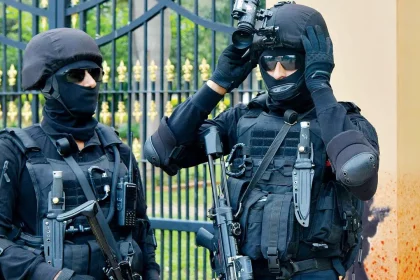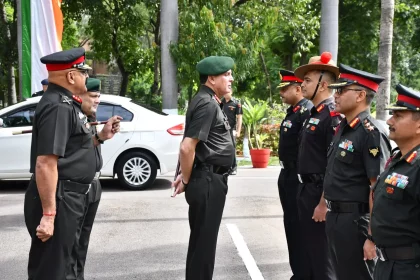Garud Commando Salary & Perks Revealed – Worth the Danger?
The Garud Commandos, the elite Special Forces unit of the Indian Air Force, represent the pinnacle of operational excellence, bravery,…
Garud Commando: The Step-by-Step Secret to Joining the Elite IAF Unit
Becoming a Garud Commando, a member of one of the most elite special forces units in the Indian Air Force…
Top Reasons Why Candidates FAIL SSB Interviews (Don’t Repeat These!)
The Services Selection Board (SSB) interview is a comprehensive assessment that aspiring candidates must undergo to qualify for a career…
NDA Cadets’ Daily Routine: The Discipline & Training That Builds Warriors
The National Defence Academy (NDA) is a prestigious institution in India, heralded for grooming the nation's future leaders in the…
NDA Entry Explained – Step-by-Step Guide to Join the Academy
Joining the National Defence Academy (NDA) is a prestigious aspiration for many young Indians eager to serve their country through…
The Road to CO: How to Become a Commanding Officer in the Army
To become a Commanding Officer (CO) in the Indian Army is a revered aspiration for many aspiring military personnel. A…


